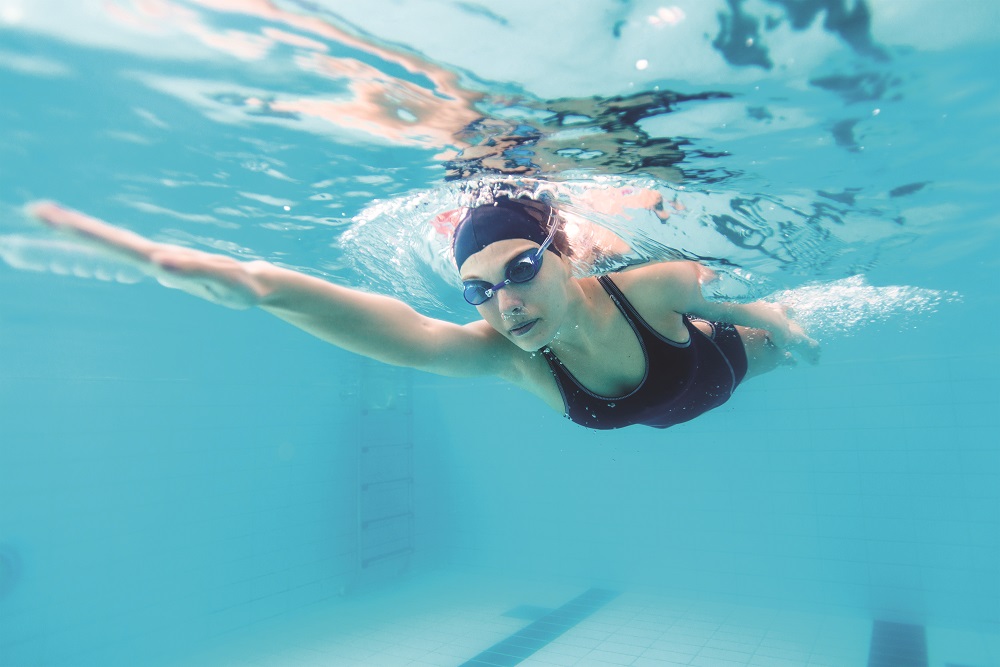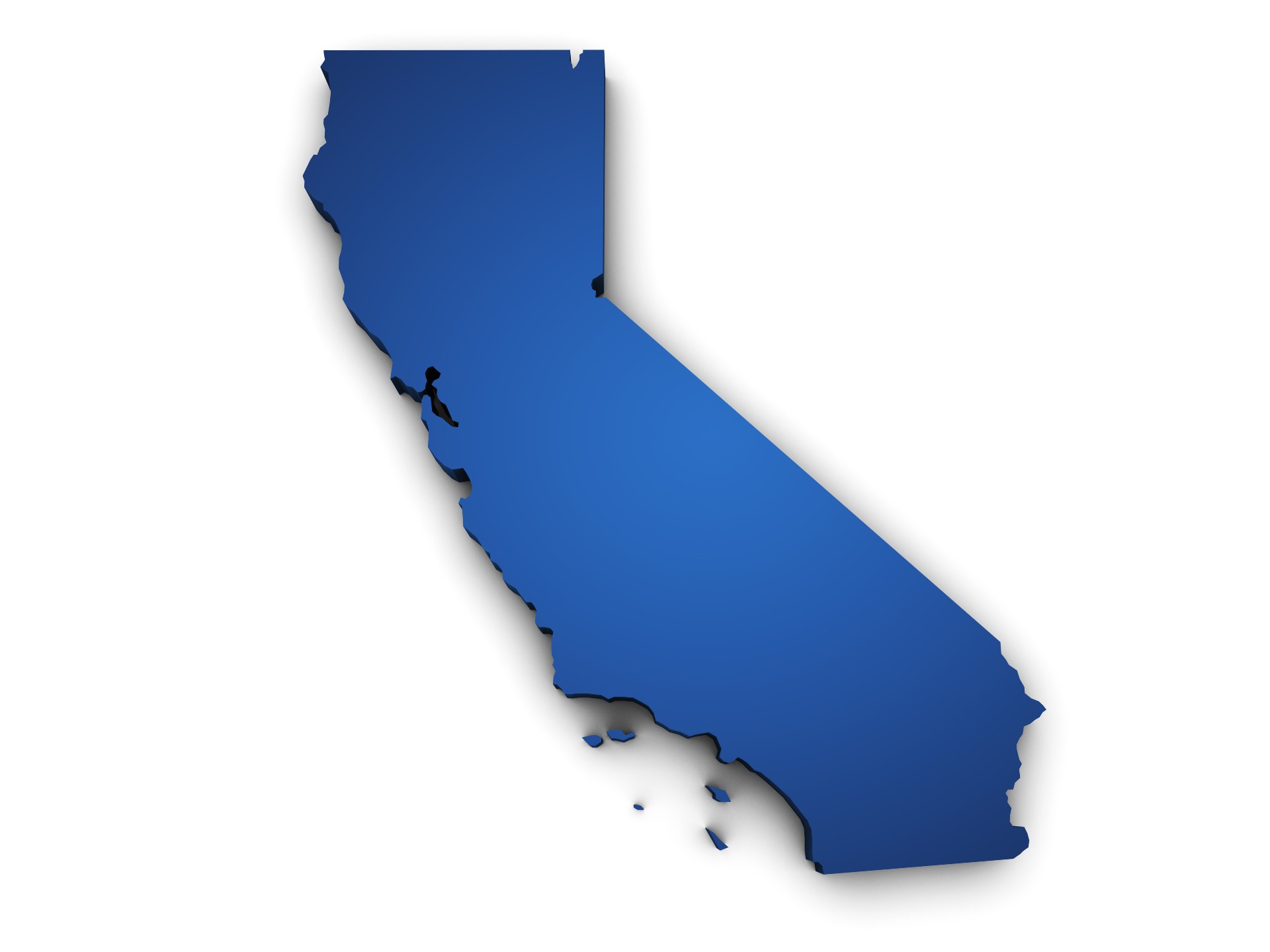The United States Consumer Product Safety Commission (CPSC) estimated that, from 2012 through 2014, there were 356 reported drownings of children ages 15 and younger in swimming pools and spas. Of those, approximately 76% involved children younger than five years old. Another 5,900 children are injured and need medical treatment, as reported to the CPSC. Residential pools are the primary swimming location involving victims younger than five (55% for non-fatal drowning injuries and 86% for drownings).
Fortunately, many products on the market can help parents reduce the risk of drowning or injury in pools, spas or hot tubs. NSF International offers certification of many of these products, allowing end users a measure of confidence in mitigating risk and maximizing safety in both residential and public pools and spas.
Safety vacuum release systems (SVRS)
Safety vacuum release systems also are known as main drain entrapment release devices. These products provide a secondary line of defense against entrapment near the drain suction. If a drain cover becomes blocked, and there is no SVRS or other anti-entrapment product installed in the system, the pump will continue to create suction and will not release the blockage.
In 2007, the Virginia Graeme Baker Pool and Spa Safety Act was passed, requiring at least one anti-entrapment system on all public pools and spas with a blockable single drain, or pools with multiple blockable drains less than 3 feet apart. There are several forms of SVRS systems. SVRS products certified to ASME/ANSI A112.19.8 or ASTM F2387 provide end users the peace of mind that the products are safe and have been independently tested and verified.
Owners of residential pools are advised to make sure their pool or spa is equipped with one of the following:
• Safety vacuum release system certified to ASME/ANSI A112.19.17 or ASTM F2387
• Suction-limiting vent system
• Gravity drainage system
• Automatic pump shut-off system.
Suction fittings
The Virginia Graeme Baker Pool and Spa Safety Act also requires all main drains to comply with ANSI/APSP-16 (formerly ASME A112.19.8). This standard establishes materials, testing and marking requirements for suction fittings that are designed to be totally submerged for use in swimming pools, wading pools, spas and hot tubs, as well as other aquatic facilities. This includes both water inlets and skimmer equalizer lines.
ANSI/APSP-16 includes the following requirements:
• Products must comply with the pull load requirements of ANSI/APSP–16.
• Products must comply with the finger and limb entrapment requirements of ANSI/APSP-16.
• Products that protrude ½ inch (13 mm) or more from the mounting surface must comply with the shear load requirements of ANSI/APSP-16.
• Products for public use must be tested for head loss in accordance with ANSI/APSP-16.
• Products for public use installation in the wall of a pool or spa must comply with the horizontal load and deformation test of ANSI/APSP-16 water return fittings.
• Products for public use installation in the floor of a pool or spa must comply with the vertical load and deformation test required in ANSI/APSP-16. Product’s need only comply with the vertical load requirements for public use water return fittings.
For information on the upcoming revision of this standard, go to page 16.
Pool alarms
An inground or aboveground alarm can alert pool owners remotely if someone has splashed into the water without supervision or permission to be there.
Pool alarms are a necessity if kids will be around the pool. It only takes a couple minutes for the unthinkable to happen, but a pool alarm will sound an alert outside (and inside, with some models) if something is detected falling into the pool. There are different types of alarms for inground and aboveground pools.
ASTM F-2208 covers four types of alarms for pools:
• Pool alarms that float on the surface (Type A)
• Pool alarms below the surface (Type B)
• Pool alarms positioned to detect movement at the pool’s edge (Type C)
• Pool alarm devices that are worn by a person (Type D)
Water quality testing devices
These devices are critical to water quality and health safety. NSF/ANSI 50 assures that the products meet the most stringent criteria in the industry and will perform well. Types of testing devices include:
• Color comparators
• Liquid reagent kits
• Test strips
• Probes and meters
NSF International evaluates and certifies water-quality test devices for pH, free chlorine, combined chlorine, free bromine, total bromine, hardness, total alkalinity or cyanuric acid concentration. Testing is performed in triplicate, and results are averaged.
NSF also tests for shelf life. Components and reagents must perform within 10% of initial accuracy, repeatability and reproducibility results when tested at the end of the manufacturer’s specified shelf life.
Pool and spa covers
As a safety device, the pool/spa cover prevents unplanned access to a pool. There’s no substitute for proper supervision; however, covers help protect pools even when the owner is not around. It’s the ultimate safety barrier every pool owner should have.
ASTM F1346 establishes requirements for safety covers for swimming pools, spas, hot tubs and wading pools. When correctly installed and used in accordance with the manufacturer’s instructions, pool and spa covers certified to this specification are intended to reduce the risk of drowning by children under 5 years of age.
Barriers and fencing
A pool barrier or fence is not child- or pet-proof, but it provides a layer of protection when there is a lapse in adult supervision. Pool fences give parents additional time to find a child before the unexpected can occur. A young child can get over a pool barrier if the barrier is too low or has handholds or footholds to use when climbing.
The CPSC recommends pool fences should be a minimum of 4 feet high. NSF offers testing for barriers and fencing under the performance standard ASTM F1908.
Pool owners should always check with local authorities for residential and recreational water facility fencing requirements. Local building codes or local public health officials may require the use of specific products, designs, installation methods, or compliance with particular standards.
Lighting
Submerged spa lighting must be certified by an OSHA-accredited certification firm as meeting the requirements of UL 1563/UL676: Standard for Electric Hot Tubs, Spas and Associated Equipment; and/or UL 676: Underwater Luminaries and Submersible Junction Boxes.
Resources
To find more information on NSF testing and certification, visit the official certification listings.
Cited sources can be found here:
• Consumer Product Safety Commission
• Pool or Spa Submersion: Estimated Nonfatal Drowning Injuries and Reported Drowns, 2017 Report
-
High Marks to Those Recently Certified by NSF International
NSF warmly welcomes the following companies
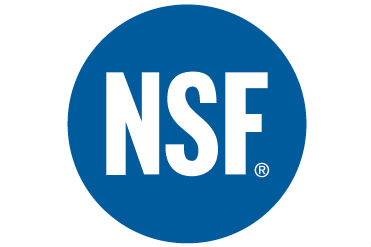
-
Pool Safety: The Most Important Mission
To safeguard the youngest swimmers, products must comply with several codes and standards. NSF testing and certification helps.
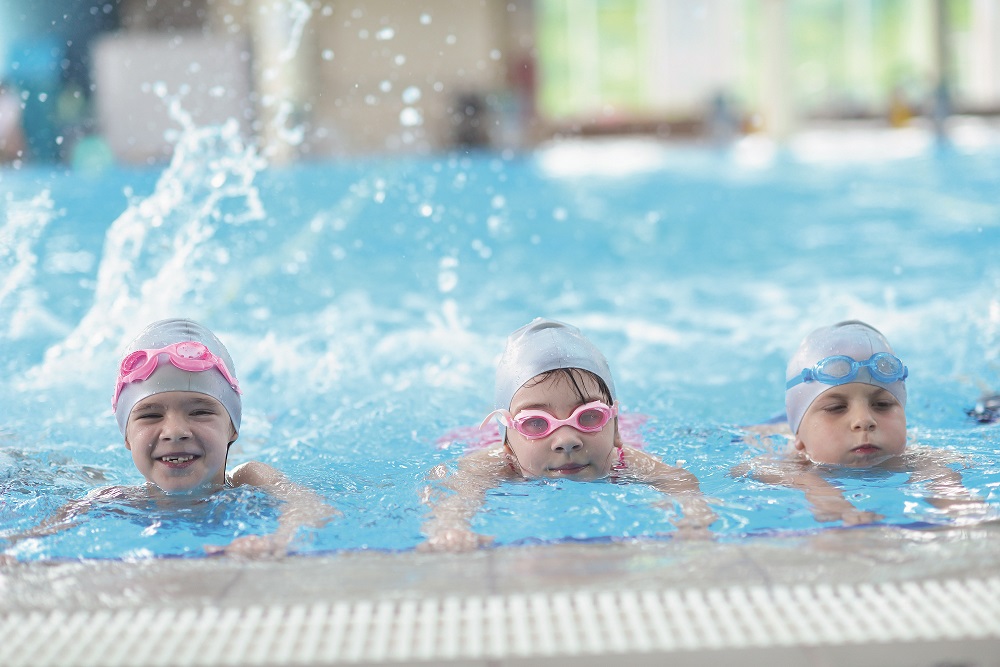
-
Needed Clarity: How NSF Evaluates and Tests Pool Filters
A look at how filters are evaluated and tested for certification to NSF/ANSI 50
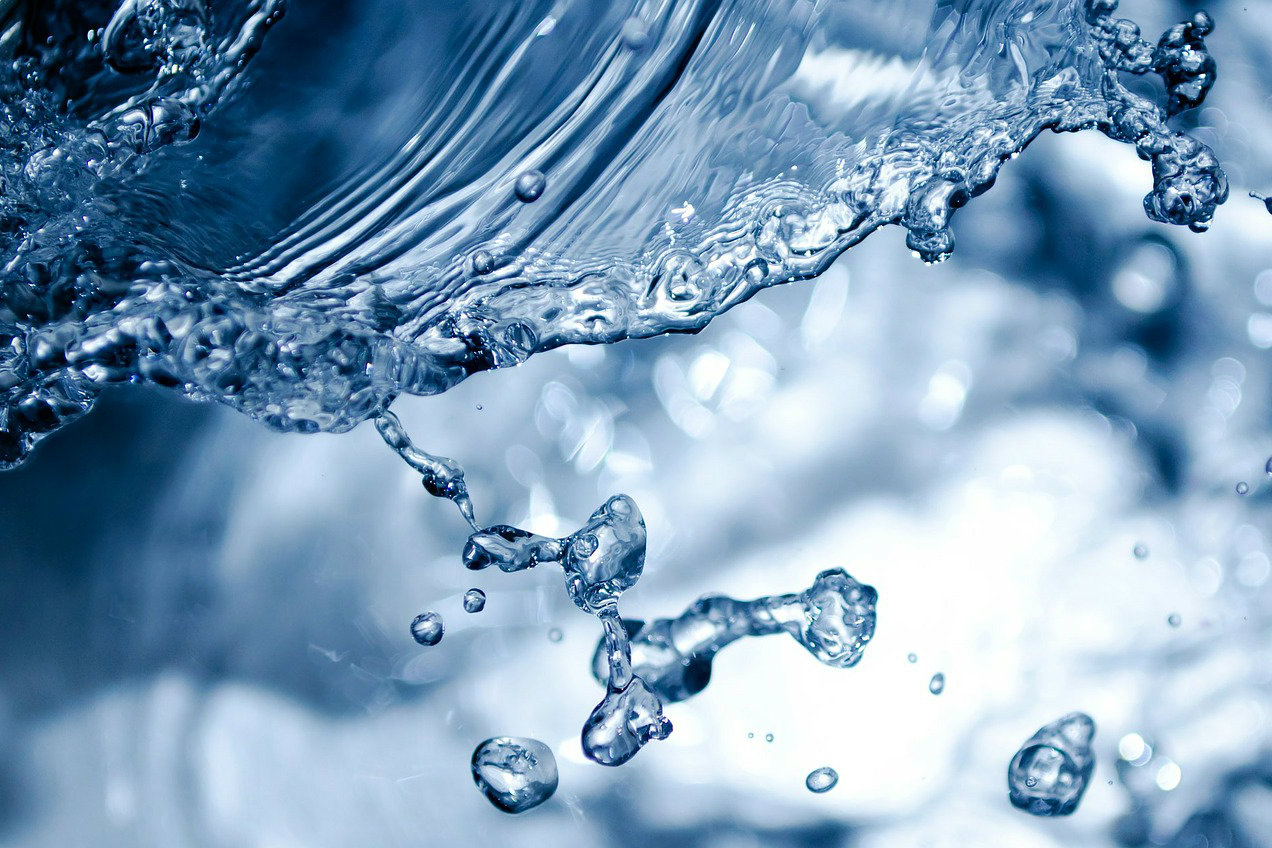
-
Getting a Clean Sweep from Automatic Pool Cleaners
Take this deep-dive look at how pool cleaners for public facilities are tested, as outlined by NSF/ANSI 50
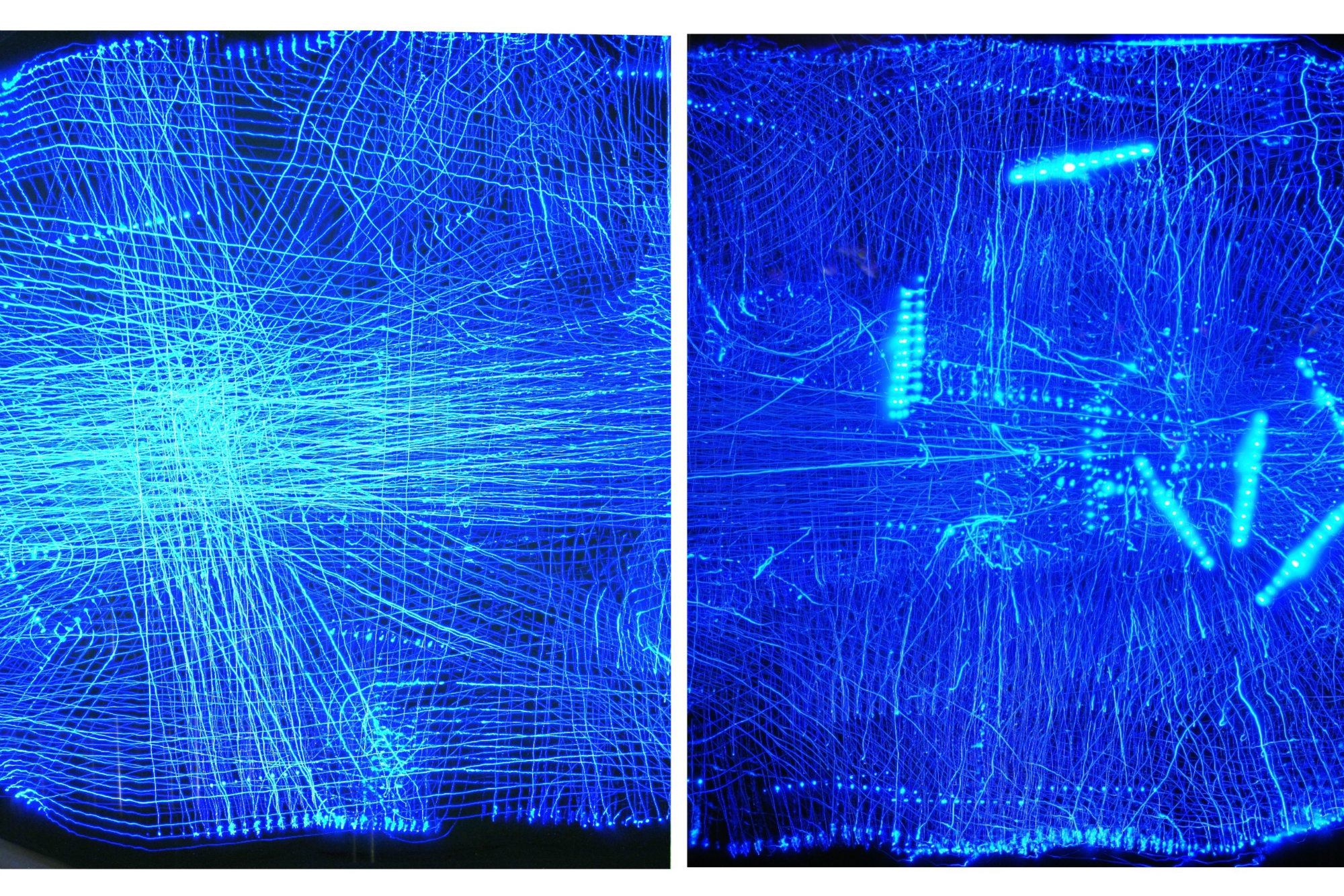
-
The Latest on the Suction Outlet Performance Standard
The suction outlet performance standard cited by federal law is undergoing an update. Here are the details.
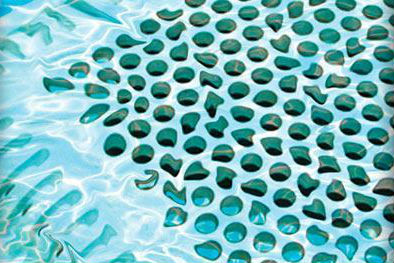
-
NSF to Review Standard for Water Conditioning Devices
NSF International has formed a task group to include water conditioning devices in NSF/ANSI 50
